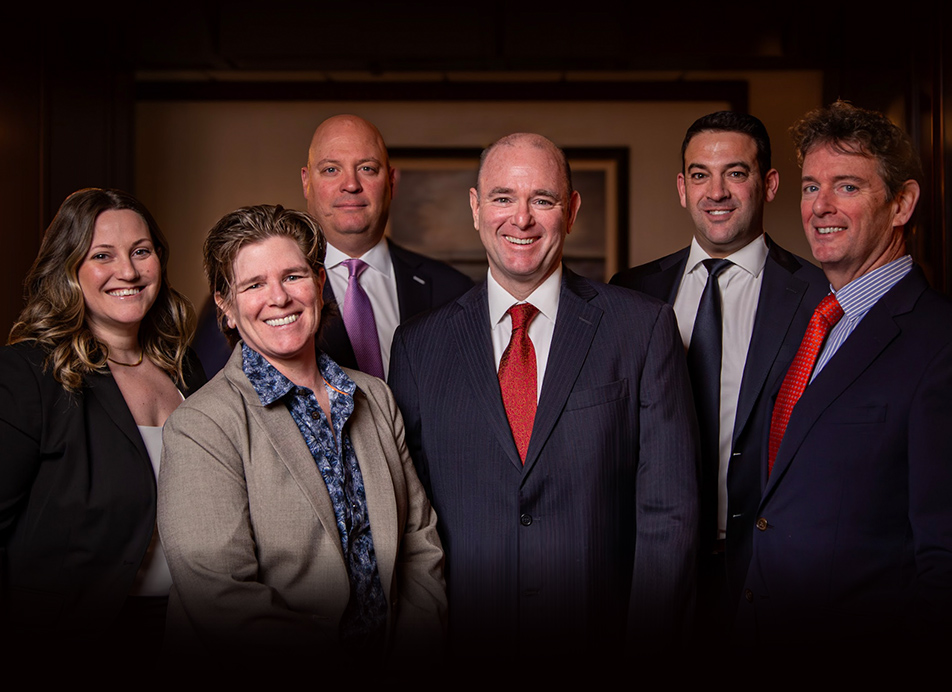Table of Contents
Management and Treatment of Cerebral Palsy
Even though CP is not a curable disease, healthcare providers focus highly on optimizing the patient’s abilities and independence. The goal of management and treatment of CP is to ensure that both the patient and family are as comfortable and well supported as possible. Having family members who are involved in the patient’s care is crucial to maximizing the patient’s outcomes. Care generally includes a team of healthcare providers, each of whom will address medical, social, psychological, and educational needs. It is important that this team communicates with each other after each visit with updates to the plan of care; in the most ideal scenario, there would be one clinic which would host different types of providers. This would make the patient’s flow of care easier for all involved, including healthcare providers.
Support Measures
There are many kinds of support that a patient and family can receive, and these needs may change as the patient ages. For example, technological support is critical in patients who are severely disabled. This equipment includes motorized wheelchairs, communication systems, and voice-activated computers, all of which can enhance functional and social abilities. There are clinics that specialize in providing these resources for patients and assisting family members navigate complicated insurance regulations.
Beyond material devices that aid in a patient’s care, emotional and social support is equally as important for both the patient and the family. Parents of a child with CP often experience grief, guilt, frustration, anger, and sometimes even embarrassment. It can be difficult and isolating for the parents to engage in social activities and relationships are often strained. Likewise, siblings of patients with CP may often need emotional support as they can sometimes feel left out while parents spend incredible amounts of time on the overall care of the patient. Counseling should be available and offered openly to each patient and the entire family for the duration of the patient’s life. As the child’s needs will change over time, the family may experience different and individual struggles.
Support groups and recreational programs for both patient and families alike are helpful in allowing a sense of normalcy for a short period of time. Support groups can encourage relationships with other families who are affected by CP and can make life feel less isolating. Recreational activities geared towards children with CP can be a bonding activity between the patient and family. Involvement in sports activity enhances the child’s social skills and might help to reduce muscular impairment.
Management of Altered Functions
Because each child with CP will have an impaired sense of motor function to some degree, treatment interventions should be offered throughout the patient’s life. As discussed in a previous article, assessment scales are crucial in determining the amount of support each patient needs. These scales will look at muscle tone, motor skills (ability to walk, use a spoon, etc), and ability to communicate. Each assessment score will help the provider to better determine the needs of the patient and his or her family. Assessments should be performed routinely throughout the patient’s care to follow improvement or deterioration.
Motor functions can affect posture, coordination, and balance. Thus, physical and occupational therapies are a vital part of management. Physical therapy is typically started very early on throughout the diagnosis process in an effort to improve basic motor function before it declines. The goal of physical therapy is to improve overall strength, mobility, posture, and balance. It can also aid in reducing pain and the need for medications, as well as prevent surgeries later in life. Occupational therapy will focus solely on self-help skills that can improve the patient’s basic quality of life, as well as improve school performance. Occupational therapists focus on writing, picking up objects, zipping zippers, and using scissors. Second, orthotics such as braces, seating systems, and mobility devices (wheelchairs and walkers) will help promote function, mobility, and participation. These devices help to train the muscle groups into working properly, like wearing a back brace to help straighten out a curved spine. Having a wheelchair, when needed, can allow the child to participate in sports like basketball!
Even though non-medicinal are vital to the patient’s well-being, medications can help to improve and prolong quality of life. Often time, patients with CP have other conditions that need to be treated as well, that developed because of CP. Your healthcare provider will routinely evaluate the need for certain medications and provide education on each one. Medications can be used to treat seizures, muscle pain, heart burn, and involuntary urinary leakage. Each patient has different needs, so the provider and the family should make an informed decision together based on the needs of the child.
Lastly, surgery can be done to help correct movement problems, and this is usually reserved for ailments that cannot be relieved with the above measures. Surgery is usually performed in children ages three to eight years, when there is still time to correct movements before the body is done growing1. Common surgeries include muscle lengthening, tendon transfer, cutting a tight muscle or tendon to relieve pain, bone removal to realign joints, and fusing two bones together which can help with stability.
Prognosis and Outcomes
While life expectancy is lower for individuals who have CP than the general population, the majority of CP patients will survive into adulthood2. Of course, life expectancy depends entirely on the severity of the impairment. Most often, patients do not pass away from CP alone, but from other conditions that can result from CP, such as respiratory distress or a build up of fluid in the lungs.
The great news is that almost all children with one sided CP (hemiplegic CP) will be able to walk around three years of age. Those who do not learn this early, will be able to use braces and walkers by around nine years of age. At the age of nine, if the patient has not been able to walk, it is unlikely that he or she will be able to3. Quality of life depends on the severity of the disease, so we can generally report that those will less impairment have a better quality of life than those with more impairment. Two factors that are associated with independent walking are sitting age two years of age, and crawling before 30 months of age.4 On the other hand, factors that are poorly correlated with independent walking include no head balance by 20 months of age, presence of infant reflexes beyond 24 months, and no crawling at five years old.5 As suggested above, starting physical therapy as soon as possible will help promote a better outcome for the child.
As always, the team of healthcare providers will continually assess and evaluate the need for different management, new devices, or surgical intervention to ensure your loved on with CP has the best quality of life possible.
If you would like to learn more about cerebral palsy, please see the following websites:
https://www.cerebralpalsyguidance.com/
https://www.cerebralpalsyguide.com/
https://medlineplus.gov/cerebralpalsy.html
How Can We Help?
Please complete the form below and a member of our team will get in touch with you as soon as possible.












